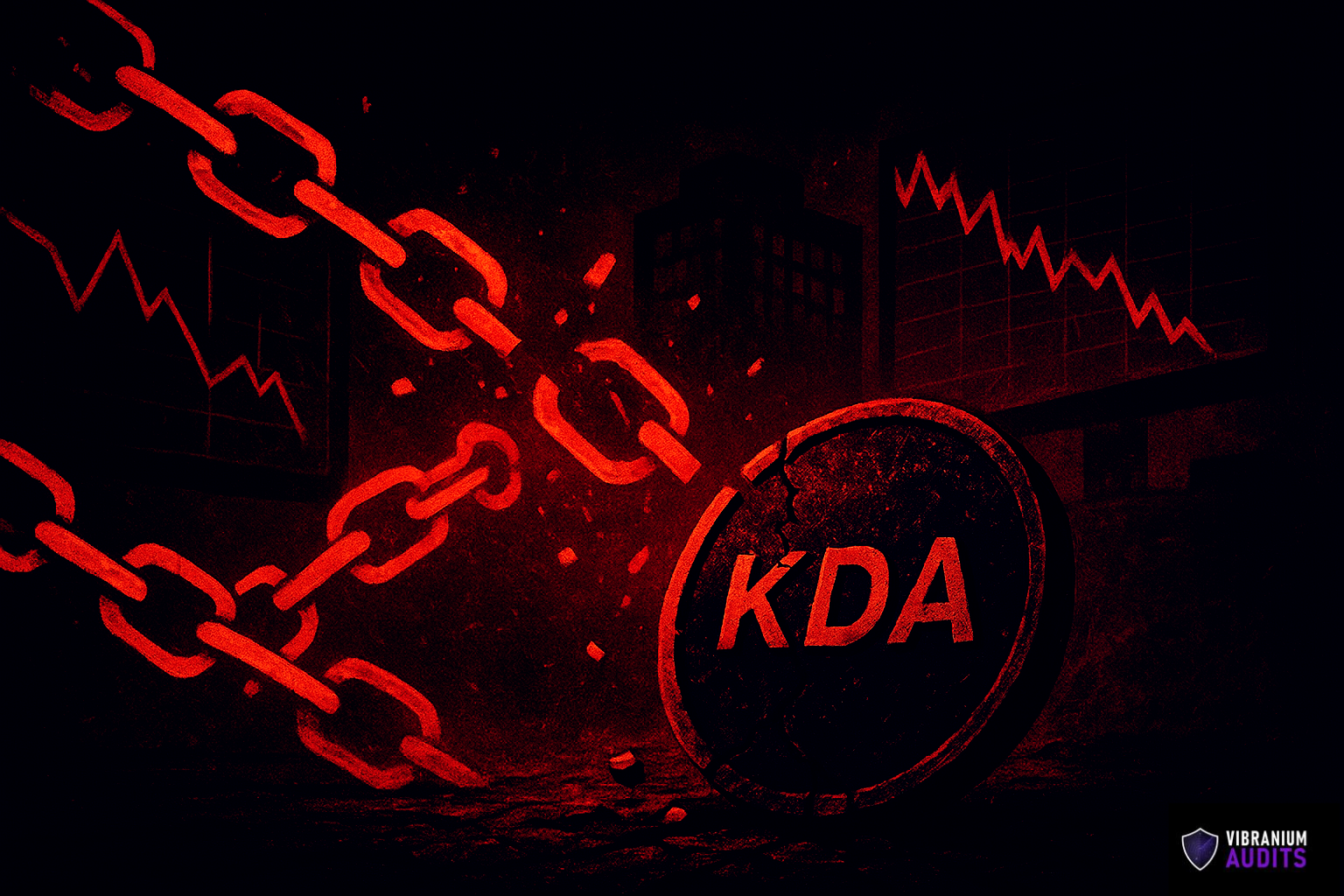Introduction
Blockchain technology is designed to be secure and tamper-resistant, but it is not entirely immune to attacks. One of the most serious threats to blockchain networks is the 51% attack, where a single entity gains majority control over a network’s mining power. This article explores how 51% attacks work, their consequences, and how they can be prevented.
What is a 51% Attack?
A 51% attack occurs when a miner or group of miners gains control of more than 50% of a blockchain’s computational power. This allows them to manipulate transactions, double-spend coins, and disrupt the network's integrity.
How Does a 51% Attack Work?
It starts by gaining majority control. Attackers acquire over 50% of the network’s hash power. With that, they can alter transaction histories, reversing payments and enabling double-spending. However, while they do that the attackers can also prevent new transactions from being confirmed. This way, they halt the network.
Consequences of a 51% Attack
- Double-Spending – Attackers can spend the same cryptocurrency twice.
- Loss of Trust – Users lose confidence in the blockchain, reducing its value.
- Network Instability – Affected networks can suffer financial and reputational damage.
How to Prevent a 51% Attack
1. Stronger Consensus Mechanisms
Implementing Proof-of-Stake (PoS) instead of Proof-of-Work (PoW) reduces the risk since attackers need to own the majority of the cryptocurrency, not just mining power.
2. Decentralized Mining
Encouraging a diverse set of miners prevents any single entity from gaining control.
3. Chain Reorganization Limits
Restricting how far back a blockchain can be rewritten reduces the effectiveness of an attack.
4. Increased Network Security
Implementing advanced encryption and monitoring tools can detect suspicious activities early.
Conclusion
A 51% attack poses a significant threat to blockchain security, but with proper measures like decentralized mining and stronger consensus mechanisms, networks can mitigate the risk. As blockchain technology evolves, securing networks against such attacks remains a top priority.
FAQs
1. Can Bitcoin suffer a 51% attack?
Yes, but it is highly unlikely due to Bitcoin’s massive network size and mining power distribution.
2. Has a 51% attack ever happened?
Yes, smaller cryptocurrencies like Ethereum Classic and Bitcoin Gold have suffered 51% attacks.
3. How does a 51% attack affect users?
Users may lose funds due to double-spending, and the network’s reliability may be compromised.
4. What is the best way to prevent a 51% attack?
Switching to Proof-of-Stake (PoS) and ensuring mining power is widely distributed are effective strategies.










